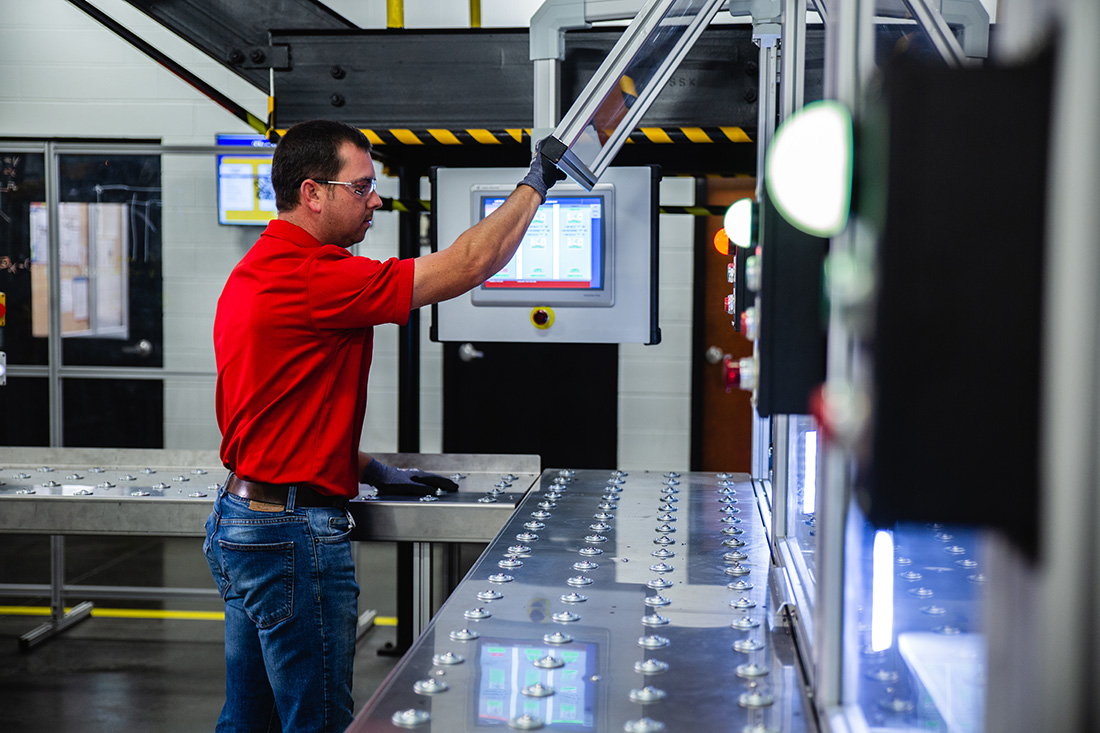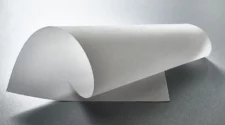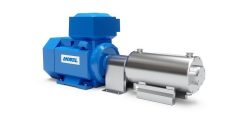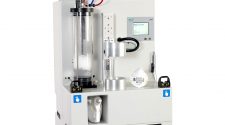One of the most exciting advancements in the tech world happening today is not a new technology at all. Rather, it is the unique application of something that has dominated and excited the gaming industry since the mid-90s—virtual reality (VR). VR augments computer modeling by allowing engineers and designers to interact more intuitively with their designs.
The ability to delve into a new dimension has allowed technical designers to go from using a 2D computer screen to utilizing an immersive, 1:1 scale environment where designs can be experienced in their full capacity. In the analysis-design-build cycle, VR grants access to in-depth insights that detect design problems of a product before the first prototype is built for testing.
Another unexpected benefit of VR is that engineering teams can meet within the same virtual environment to evaluate a design when team members are continents apart. This saves time and money while taking team collaboration to the next level.
VR is an emerging technology that is improving at a rapid pace. With its use comes the reduction of product design and analysis time. Integrating VR technology into factories and design flow allows manufacturers around the world to simplify processes, reduce costs and improve safety.
Driving change
Industrial manufacturing firm, Parker Hannifin, has been using VR to create proprietary manufacturing processes. More specifically, the company’s Parker Filtration Innovation Center outside of Nashville is using VR paired with automation and robotics to innovate manufacturing processes in filtration.
The simulation group at the Innovation Center has taken advantage of VR to visualize computational fluid dynamics and finite element simulation results. Using VR to visualize the complex flows of filter elements has granted simulation engineers the freedom to explore the intricacies of air streamlines that curve and swirl within filter housings, providing an enhanced understanding of flow paths and reducing simulation analysis time.
Another industry leader using VR is the Ford Motor Company. VR allows the company to optimize a vehicle’s design before a physical prototype is built. The Ford Immersive Vehicle Environment system creates virtual street environments in which automobile prototypes can be evaluated on aesthetics, ergonomics and safety.
Using virtual technologies delivers significant savings and improvements in the areas of cost, time and quality. It’s only a matter of time before industrial manufacturers see the considerable competitive advantages the technology can bring when leveraged strategically within operations. To fully leverage the technology, there needs to be a deep understanding of how to link the different components of the operation. The ability to use virtual technologies to create the link can help a company stand out against competitors.
Enhancing automation and robotics with VR
Automation has been commonly used in manufacturing since the 1970s. As robotics started to gain popularity, it was used to enhance the automation process. A successful automation strategy requires excellent decision-making on many levels. The strategy to link automation and robotics must align with business and operational goals. Now that VR is becoming a more affordable technology, the strategy should be to focus on integrating it into the automation process.
Engineers at Parker Hannifin have developed systems that take advantage of VR early in the lifecycle of product development. For example, VR can be used to explore the layouts of new pieces of filtration equipment in plants to optimize space, ergonomics and operator safety.
Engineers at Parker Hannifin have developed systems that take advantage of VR early in the lifecycle of product development. For example, VR can be used to explore the layouts of new pieces of filtration equipment in plants to optimize space, ergonomics and operator safety. Since these layouts are virtual, the engineers have the freedom to explore multiple layout options that would have previously been too costly and time-consuming to implement and test. Although 3D modeling software has been available for many years now and has been useful for visualizing manufacturing layouts; with VR, you get an enhanced, first-person view of machinery and equipment. This provides a better sense of potential ergonomics issues that can be avoided or tooling changeout tasks that can be simplified.
Engineers are also able to leverage VR to determine manufacturing line workflows to optimize robotic arm movements, placement of assembly parts and safe locations for operators. Virtual robotic equipment can be implemented into manufacturing lines with ease within the virtual environment to optimize robotic arm motions, taking into consideration any obstacles in the plant and/or human operator zones.
Once optimized, these same virtual manufacturing lines can be used as a training aid for new operators who can be immersed in virtual facilities and be trained to operate a manufacturing line before they are even on the manufacturing floor, improving productivity and safety of the operator as they train in a safe offline environment. The capability of creating a virtual automated facility to analyze workflows and layouts before raw materials are purchased helps engineers design correctly the first time, avoiding reworks, reducing costs and time, and improving plant safety.
The future
While VR continues to make a big impact, the possibilities for improving the technology and its use are expanding across more industries. For those already taking advantage of the technology, the benefits will grow exponentially. Further improvements to the functionality of VR will help increase productivity, improve efficiencies and save time and money for those utilizing it in its current state. Even though the technology is constantly changing and improving, introducing VR now will help a company gain an advantage over competitors that may still be rooted in traditional manufacturing methods.










